Early Rulers of Tikal: The Legacy of Chak Tok Ich’aak I (Great Jaguar Paw)
Chak Tok Ich’aak I, known as Great Jaguar Paw, was one of the most significant early rulers of Tikal, playing a crucial role in shaping the city’s prominence during the Early Classic Period. As one of the influential figures among the rulers of Tikal, he strengthened the city’s political and cultural influence in the Maya region through architectural advancements and strategic leadership. However, his reign came to an abrupt end in 378 CE, marking a pivotal moment in Tikal’s history. Today, those interested in exploring his legacy can visit Tikal and discover monuments like Stela 26 through guided tours of Tikal. For an immersive experience, consider joining one of the many tours to Tikal that delve into the fascinating stories of its ancient rulers.
Key Takeaways
- Chak Tok Ich’aak I, called Great Jaguar Paw, made Tikal stronger in politics and culture during the Early Classic Period.
- He built large structures, like a palace in Tikal’s Central Acropolis, showing the city’s amazing architecture.
- In 378 CE, Siyaj K’ak’ arrived, leading to Chak Tok Ich’aak I’s death and starting a new dynasty that mixed Maya and Teotihuacan traditions.
- Tikal’s spot in the Petén Basin helped it control trade routes, making it more powerful in the Maya world.
- Today, people can visit Tikal’s ruins, like Stela 26, to see how Chak Tok Ich’aak I shaped Maya history and culture.
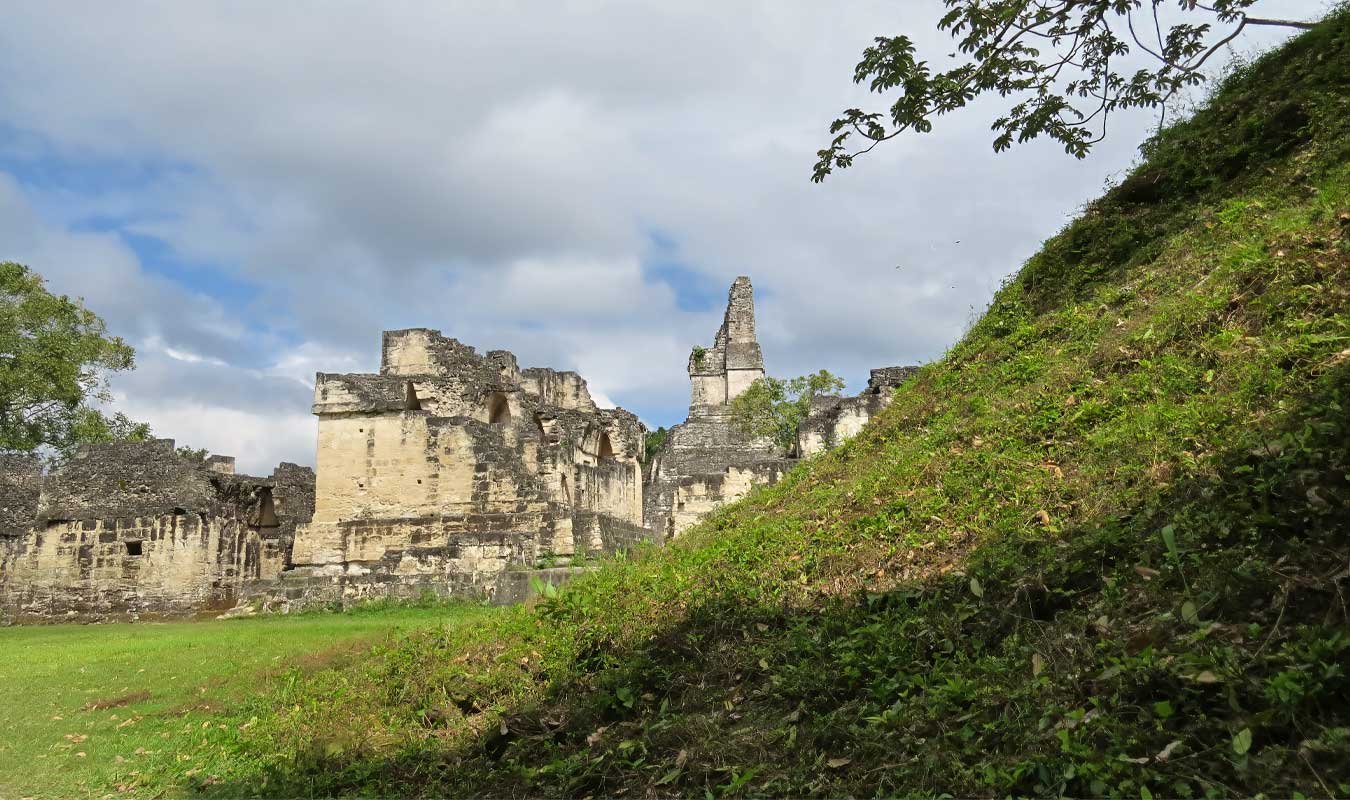
Early Rulers of Tikal and the Rise of a Maya Power
Tikal’s Growth as a Strong City
Tikal was a key city in the Maya world. It became powerful during the Early Classic Period. Its location in the Petén Basin helped it control trade. This trade connected the Maya lowlands to other areas. Archaeologists found a citadel that shows Teotihuacan elites may have influenced Tikal. This influence likely helped Tikal grow quickly and become a strong city.
The first rulers of Tikal helped make this happen. They built a strong government and created large buildings. These efforts made Tikal an important city in the Maya region.
Leaders Before Chak Tok Ich’aak I
The rulers before Chak Tok Ich’aak I helped Tikal succeed. Yax Ehb’ Xook, the first ruler of Tikal, started its royal family. His leadership helped future rulers grow Tikal’s power.
Chak Tok Ich’aak I ruled from 360 to 378 CE. He led with military strength and built many structures. His rule ended suddenly when Siyaj K’ak’, tied to Teotihuacan, arrived. This event changed Tikal’s history. A new dynasty began under Yax Nuun Ahiin I, mixing Maya and Teotihuacan traditions.
The Early Classic Period’s Changes
The Early Classic Period brought big changes for the Maya. Tikal’s rise happened as Teotihuacan’s influence spread. Researchers found a buried altar from the late 300s CE in Tikal. It was built during a time of political trouble. This altar shows how Teotihuacan affected Tikal’s leadership.
During this time, Tikal’s rulers faced many challenges. They balanced Maya traditions with outside influences. This mix shaped Tikal’s culture. Art and buildings from this time show both Maya and Teotihuacan styles. Tikal’s ability to adapt made it a major power in the Maya world.
Chak Tok Ich’aak I: The Great Jaguar Paw
Rise to Power and Early Rule
Chak Tok Ich’aak I, called Great Jaguar Paw, became Tikal’s king in 360 CE. He took over from his father, K’inich Muwaan Jol, during a time when Tikal was growing strong in the Maya world. His rule continued a royal family line that had already made Tikal an important city in Maya history.
Monuments like Stela 26 share stories about his time as king. These carvings show how he made Tikal stronger in politics and war. His rule happened when the Maya were connecting more with other cultures, like Teotihuacan. This connection helped shape the Early Classic Period’s politics.
| Date | Event |
| 360 CE | Chak Tok Ich’aak I became king of Tikal. |
| 14 Jan 378 | Siyaj K’ak’ arrived, and Chak Tok Ich’aak I died. |
| 13 Sep 379 | Yax Nuun Ahiin I became king, starting a new dynasty. |
Big Achievements in Building and Leadership
Chak Tok Ich’aak I is remembered for improving Tikal’s buildings and government. He built large structures, including a palace that became part of the Central Acropolis, a key area in Tikal.
He focused on strong armies and smart partnerships, helping Tikal stay powerful. Tikal’s spot in the Petén Basin let it control trade routes, making it even stronger. His leadership balanced peace at home with growth outside, helping Tikal thrive during the Classic Maya period.
| Detail | Description |
| King Name | Chak Tok Ich’aak I (Great Jaguar Paw) |
| Monument | Palace built by Chak Tok Ich’aak I |
| Impact | Became part of the Central Acropolis later |
Cultural and Religious Importance of His Rule
Chak Tok Ich’aak I’s time as king was important for Maya culture and religion. He mixed Maya traditions with ideas from other cultures, like Teotihuacan. This mix can be seen in Tikal’s art and buildings.
In 378 CE, Siyaj K’ak’ arrived, leading to Chak Tok Ich’aak I’s death. This event changed how the Maya fought wars and ruled cities. Battles became bigger, focusing on taking over cities and collecting tribute instead of just capturing prisoners.
- Monuments like Stela 26 show the cultural and religious life during his rule.
- His leadership helped Tikal become a major city in Maya history.
- Alliances and war strategies during his time show how important his rule was for the Classic Maya period.
Tikal is still one of the most famous Maya sites. Its history, told through carvings and monuments, teaches us about the culture and religion of early rulers like Chak Tok Ich’aak I.
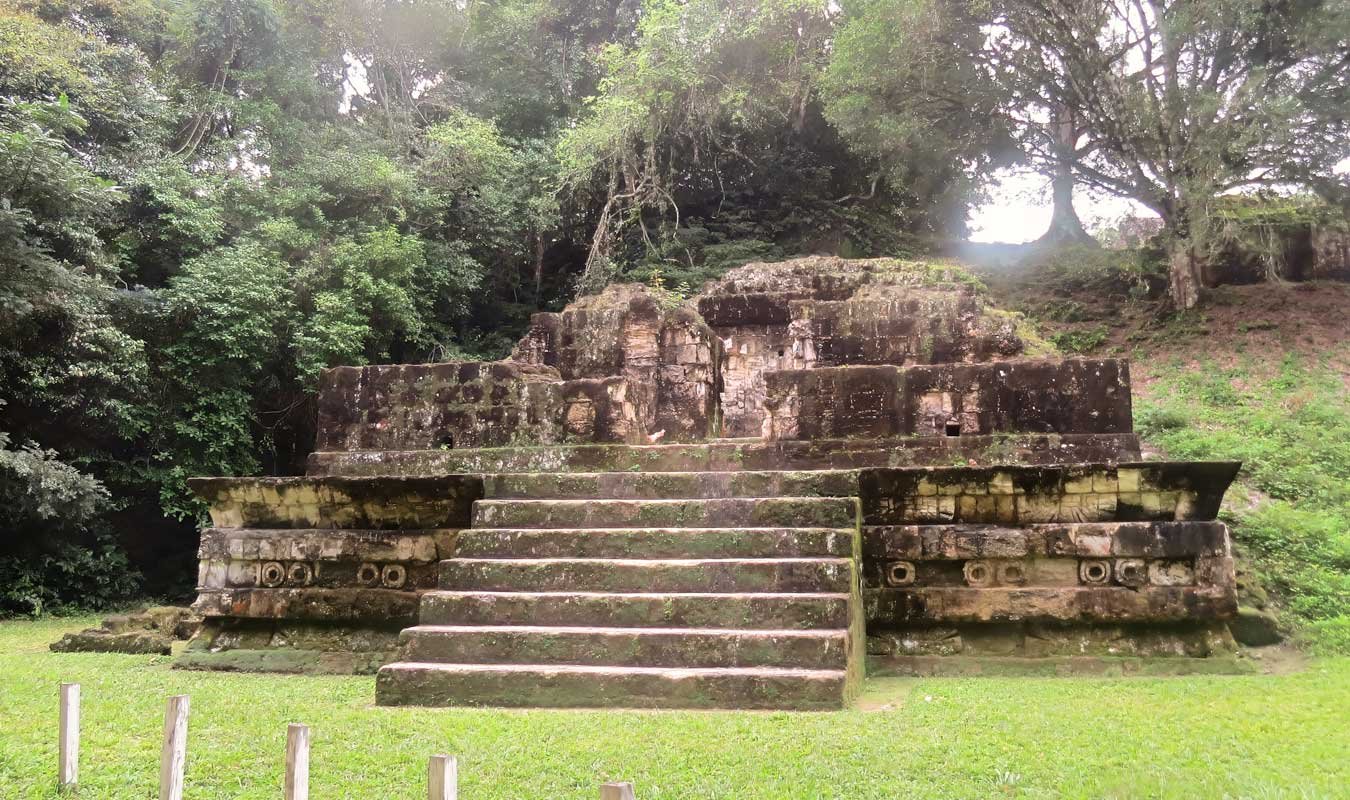
The Conquest of Tikal and the Death of Chak Tok Ich’aak I
Events Leading to His Death
The death of Chak Tok Ich’aak I changed Tikal’s history. On January 14, 378 AD, Siyah K’ak’, a military leader from Teotihuacan, came to Tikal. His arrival happened at the same time as Chak Tok Ich’aak I’s sudden death. This suggests a planned effort to remove Tikal’s ruler. Just before this, Siyah K’ak’ passed through El Peru, a site west of Tikal. This shows his journey was part of a larger military plan.
At the time, Tikal’s political situation was already unstable. The fall of El Mirador between AD 125 and 175 left a power gap in the region. By the time Siyah K’ak’ arrived, Tikal’s rulers were struggling with both internal and external problems. Killing Chak Tok Ich’aak I allowed Teotihuacan to take control of Tikal’s leadership.
Teotihuacan’s Role in Tikal’s Changes
Teotihuacan had a big impact on Tikal’s politics. Archaeologists found Teotihuacan-style buildings and altars in Tikal. These discoveries show that Teotihuacan’s influence was not just cultural but also political. The use of Teotihuacan’s building style in Tikal shows they wanted to mix their systems of government and city planning.
When Siyah K’ak’ arrived and Chak Tok Ich’aak I died, a new era began. Yax Nuun Ahiin I, loyal to Teotihuacan, became Tikal’s new ruler. This new dynasty combined Maya and Teotihuacan traditions. It created a mixed political system that lasted over 150 years. Teotihuacan’s influence also changed Tikal’s military, trade, and culture. This made Tikal a strong power in the Maya world.
Changes in Tikal’s Leadership
After Chak Tok Ich’aak I’s death, Tikal’s leadership changed quickly. Yax Nuun Ahiin I became the new ruler, ending the old dynasty. This new leadership had to combine Teotihuacan’s ideas with Maya traditions.
These changes also affected the region. Tikal’s alliances and rivalries shifted, leading to future conflicts like the Tikal-Calakmul wars. These wars lasted for centuries and were shaped by the changes during this time. The first Tikal-Calakmul war showed how Teotihuacan’s actions had long-term effects. The new political system created by Siyah K’ak’ and Yax Nuun Ahiin I helped Tikal become a major Maya city.
The conquest of Tikal and Chak Tok Ich’aak I’s death were key moments in Maya history. They show how power, culture, and influence shaped the Early Classic Period. Today, Tikal’s ruins remind us of this important time, drawing interest from historians and archaeologists.
The Legacy of Chak Tok Ich’aak I
Long-Term Impact on Tikal’s Political Structure
Chak Tok Ich’aak I helped shape Tikal’s government. He created a strong system that made Tikal powerful in the Maya world. By building alliances and strengthening the city, he spread Tikal’s influence far and wide. His leadership used both military power and smart diplomacy, setting an example for future leaders.
His sudden death changed Tikal’s history. Siyaj K’ak’ arrived and started a new dynasty. This new rule mixed Maya and Teotihuacan traditions, changing Tikal’s politics. Even with these changes, Chak Tok Ich’aak I’s work helped Tikal stay strong and grow as a major Maya city.
Influence on Maya Art, Architecture, and Culture
Chak Tok Ich’aak I’s time as king greatly influenced Maya art and buildings. He oversaw the building of huge pyramids in Tikal, showing the city’s skill in architecture. These structures were used for religion and politics, showing Tikal’s strength and culture.
Artifacts like Stela 26 show the Maya’s detailed art. These carvings display scenes of leadership, battles, and religious events. They reveal the values of that time. His reign also brought new ideas from other cultures, enriching Tikal’s art and architecture. This made Tikal an important archaeological site.
How His Reign Shaped Tikal’s Role in the Maya World
Chak Tok Ich’aak I’s rule made Tikal more important in the Maya world. He expanded trade and encouraged cultural exchanges, making Tikal a center for economy and politics. He also built strong ties with other Maya cities, helping Tikal become a key player in the region.
Even after his death, his influence remained. Tikal adapted to new ideas, like those from Teotihuacan, and stayed powerful. Today, Tikal is a UNESCO World Heritage Site. Visitors come to see its ruins, including the great pyramids, which show the lasting impact of Chak Tok Ich’aak I’s leadership on Maya history.
Chak Tok Ich’aak I was important in Tikal’s early history. He helped make the city’s government stronger and shaped its culture. His sudden death showed how Teotihuacan’s power was growing and changing the region.
Tikal still shows his influence today. His work helped Tikal become a key Maya city. Visitors can see its ruins and learn about his lasting impact.
FAQ
Why was Tikal important in the Maya world?
Tikal’s spot in the Petén Basin helped it control trade. Early leaders built big structures and created a strong government. These actions made Tikal powerful and influenced nearby cities like Calakmul.
How did Chak Tok Ich’aak I help Tikal grow?
Chak Tok Ich’aak I made Tikal stronger with military wins and buildings. He grew the city’s power and formed partnerships. His rule helped Tikal compete with cities like Calakmul during the Early Classic Period.
What was Teotihuacan’s role in Tikal’s history?
Teotihuacan shaped Tikal’s politics, culture, and buildings. Siyaj K’ak’ arrived in 378 CE, starting big changes. A new dynasty mixed Maya and Teotihuacan ideas, affecting ties with cities like Calakmul.
Why is Stela 26 important to Tikal’s history?
Stela 26 honors Chak Tok Ich’aak I’s rule and successes. Even though it was damaged during hard times, it stayed important. Its later repair shows respect for his legacy, even as Tikal faced Calakmul’s challenges.
How did Tikal’s fights with Calakmul shape its story?
Tikal and Calakmul’s rivalry was key to the Classic Period. They fought to be the strongest in the Maya world. These battles changed alliances, trade, and war plans, leaving a big mark on Maya history.

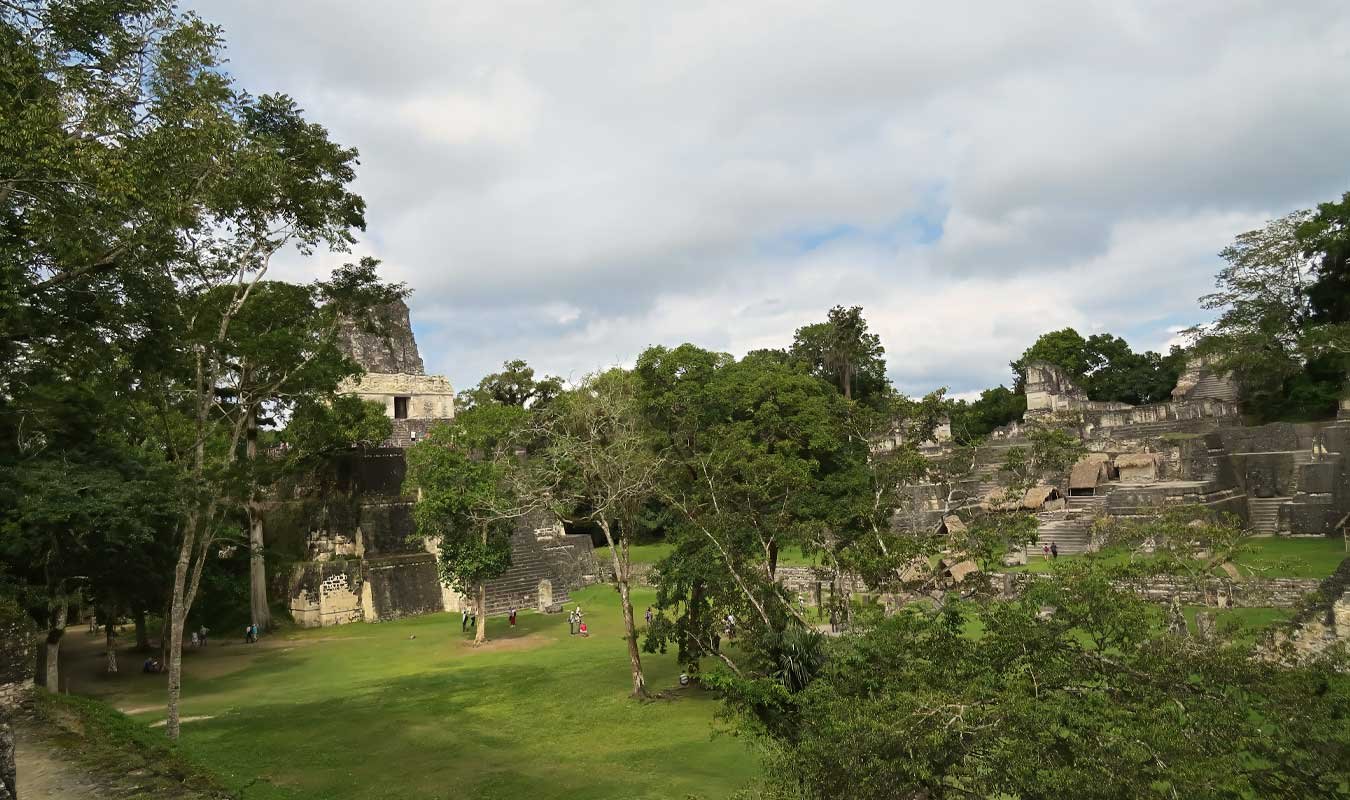




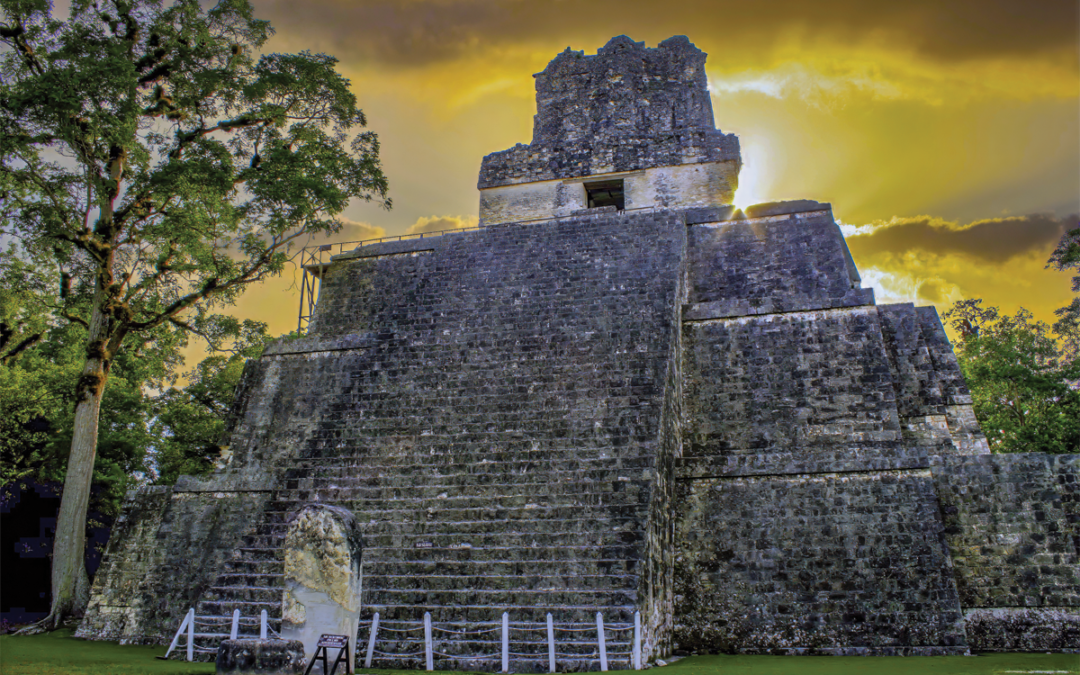
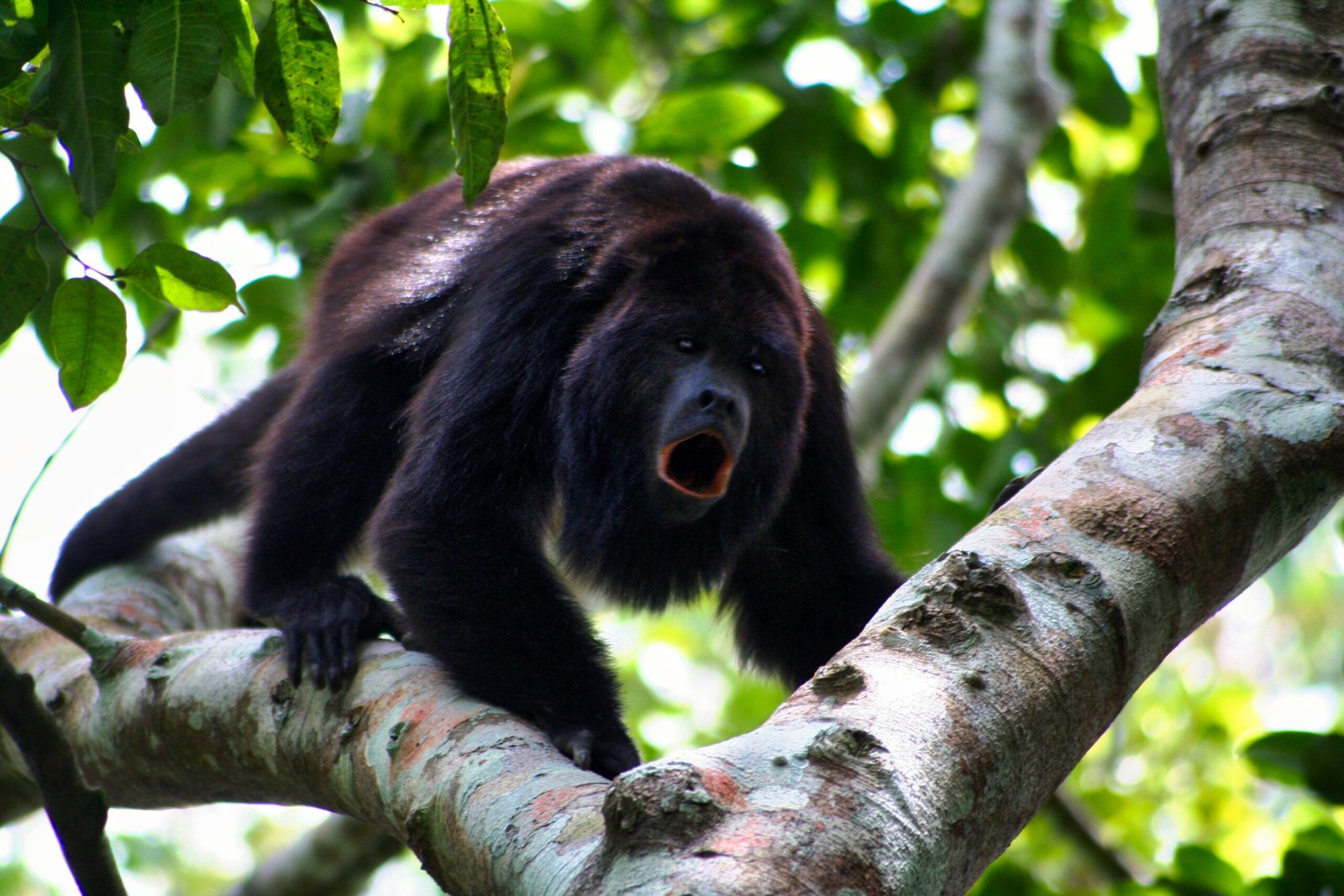

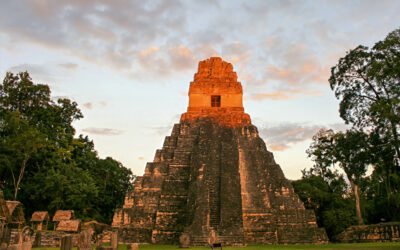

0 Comments